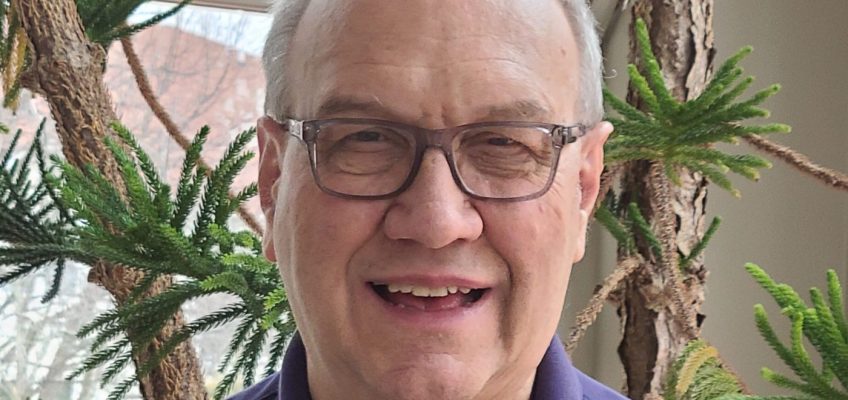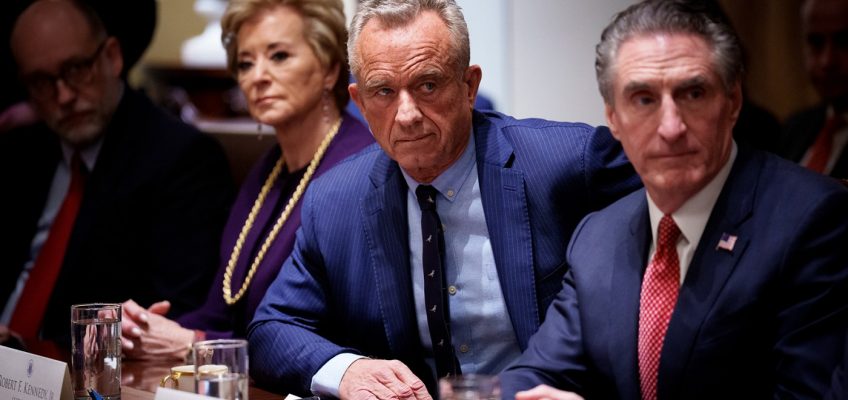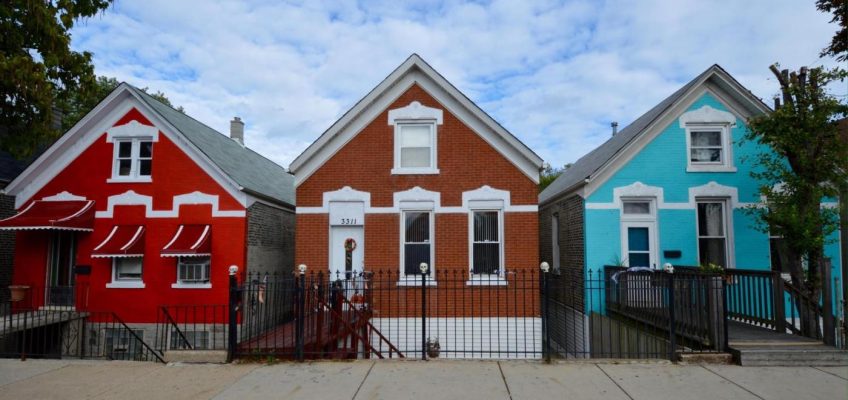Edward Lotterman
God may be “the Great Unknowable,” but eggs at $7.49 a dozen at our local supermarket in Roseville certainly shows that God has a wicked sense of humor and irony.
A year ago, high egg prices were the poster child of public dissatisfaction with President Joe Biden. Then-candidate Donald Trump excoriated his opponent for having caused the highest inflation in nearly 40 years. He also made sweeping promises to lower prices generally “starting on day 1.”
But in January, the month Trump was inaugurated, egg prices averaged $4.25 a dozen, nearing their 2022 high point of Biden’s term. Adjusted for inflation, we were at the historic high of the 1984 bird flu epidemic.
Then things rapidly got worse.
In its weekly “Egg Markets Overview” for Feb. 21, USDA’s Agricultural Marketing Service listed prices near double January’s average:
• “Nationally, “White Large shell eggs increased $0.33 to $8.07 per dozen.”
• “The wholesale price on the New York market for Large cartoned shell eggs delivered to retailers rose $0.24 to $8.47 per dozen”.
• “In the major Midwest production region, wholesale prices for Large, white, shell eggs delivered to warehouses increased $0.28 to $8.09 per dozen, while prices paid to producers for large cartoned shell eggs increased $0.28 to $7.92 per dozen.
• “The California benchmark for Large shell eggs rose $0.05 to $9.22 per dozen.”
• “Delivered prices on the California-compliant wholesale loose egg market increased $0.99 to $9.68 per dozen.”
How do we unpack all that? What are the prospects for the weeks and months going forward? And what will USDA’s newly announced $1 billion program to curb the spread of the avian flu virus and lower egg prices do for consumers?
Start with the program announced by Secretary of Agriculture Brooke Rollins.
It is heavily weighted toward traditional poultry disease control measures USDA has used for decades. Half goes for “biosecurity.” This largely means stopping contact between laying flocks and the wild birds that serve as a vector for the virus. It includes ending any possible transmission by humans, feed trucks and egg pick-up trucks that have been on farmsteads with infected flocks.
Nearly as much, $400 million, will go to pay producers for the value of birds killed to limit the spread of the disease. Without this compensation, there is an incentive for farmers who suspect they have sick birds to continue to produce and sell eggs rather than inform health officials promptly. So a control program based on killing infected birds needs this compensation.
The remaining $100 million will go to research into vaccines, encouragement of egg imports and research. It also threatens to dismantle state programs, such as that instituted in California by a statewide ballot initiative, that require producers to keep laying hens in more spacious conditions than the cages used elsewhere. Producers have accepted the new standards and have spent tens of millions of dollars on compliant facilities, ones that are being studied by producers elsewhere. Their state producers’ association has taken a position against federal overrule of this ongoing effort.
Now consider the Feb. 21 market news:
There are regional variations. Prices are higher in the Northeast than in the Midwest. But the 38-cent differential is larger than the long term average. In a tumultuous situation with poor information, markets become less efficient.
Also note the Midwest’s narrow 17-cent margin between the wholesale price of eggs and that paid to producers. What we are seeing now is not a case of processors using a health scare to pad margins. In fact it is the opposite.
As with milk, California is in many ways its own market. Its animal-rights rules do keep prices above national averages. But it is a premium that many are happy to pay and that substantial numbers of people in other states would support. As in Europe, after initial opposition lasting years, producers have found they can live with the new standards and are investing accordingly.
It is noteworthy that, despite Trump administration rhetoric about overhauling government procedures at all levels, the measures announced this week are long-standing practice. That is understandable because we have had several bird flu epidemics in the last 50 years that raised egg prices. In all cases, measures directed by USDA’s animal health specialists brought the epidemics to an end in a matter of months. Prices rapidly returned to usual levels.
One in 1984 was particularly severe. In February of that year, prices were 50% higher than six months earlier. But by July, prices were below the starting point. Adjusted for inflation, that February 1984 high of $4.12 would not be reached again until December of 2022 through February 2023.
In December 2003, prices were 50% higher than in September 2002. But eight months later, they were back to the previous low. Similarly, in August 2015, the price of $2.97 a dozen was 50% higher than $1.95 10 months earlier. Yet in another 10 months, prices had collapsed by half to $1.49.
Thus the historic pattern of high egg prices is that they correct themselves in rather predictable periods if sanitary measures are effective.
What else can be extrapolated about this from this week’s news?
Many people don’t really realize the scale of our country or the necessary size of programs to address problems. To many, $1 billion sounds like a lot of money. But Americans collectively buy $180 billion in eggs yearly. And on a per-capita basis covering over 338 million of us, $1 billion in added USDA outlays is $2.96 per person, about the same as four and a half eggs.
Similarly, the announced increase in annual imports from Turkey from 70 million to 420 million eggs amounts to an added 1.04 eggs per person. In 2023, we produced 109.5 billion eggs, so the increment in imports from that largest foreign supplier is about a third of 1% of our usual output. It will be useful, but not to a degree that will really show up in prices.
And why the huge spike from a measured $4.95 average per dozen for the month of January to spot prices $4 per dozen higher just three weeks later? Future researchers may tease this out with sophisticated modeling, but one factor has to be the unprecedented amount of policy uncertainty engendered by the new administration’s slash and burn approach to Cabinet agencies. Perhaps there is waste in our human- and animal-health agencies, and perhaps this waste is detrimental to consumers, but firings of personnel have not been targeted nor explained in any way. The population, including MAGA voters, have been taken by shock. One could expect that individual and collective actions taken both by producers and consumers to protect themselves might collectively push up prices.
Moreover, the toboggan has just been pushed away from the top of the hill. The moguls still lie ahead. History of the last 50 years tell us that egg price spikes are self-correcting, but all the rules of the game now are in flux.
And how does this all affect Minnesota farmers? Our state is 10th overall in total value of poultry production, but this is driven by our leadership in turkeys for meat. For eggs, we are 14th. The 2.4 billion eggs we produced in 2023 put us just over 2% of the national total. Our broiler production is tiny, about two-thirds of 1% of the U.S. total. So for producers, the avian flu is relatively less important here than in many other states.
There were no reported cases from June through November 2024, but then nine in November and December and four more so far in 2025. Five were not in poultry at all and nine in turkeys being raised for meat. None have been in chickens.
And how will this spike in egg costs affect general inflation? Less than most people might think. In December 2024, all food made up 13.6% of the total household spending. Food eaten at home is 8.04% and eggs only 0.172%. So even a month-to-month doubling in egg prices does not move the overall needle much even if it causes shock and anger for consumers.
It also hurts the profit margins for restaurants specializing in breakfast, especially ones with “egg” in their names, and may turn off bargain consumers. But if you’re already willing to pay the relatively higher prices for someone to cook your eggs, bring them to the table, pour your coffee and do the dishes, versus doing it all at home, the higher prices for the experience probably shouldn’t phase you.
Related Articles
Real World Economics: Shaky politics make for a shaky economy
Real World Economics: Contemplating the interconnectivity of things and ideas
Real World Economics: The Fed cannot save our wayward economy
Real World Economics: Understanding inflation will lead to trust in economic policies
Real World Economics: Steelmaking faces clash of new tech, obsolete values
St. Paul economist and writer Edward Lotterman can be reached at stpaul@edlotterman.com.



